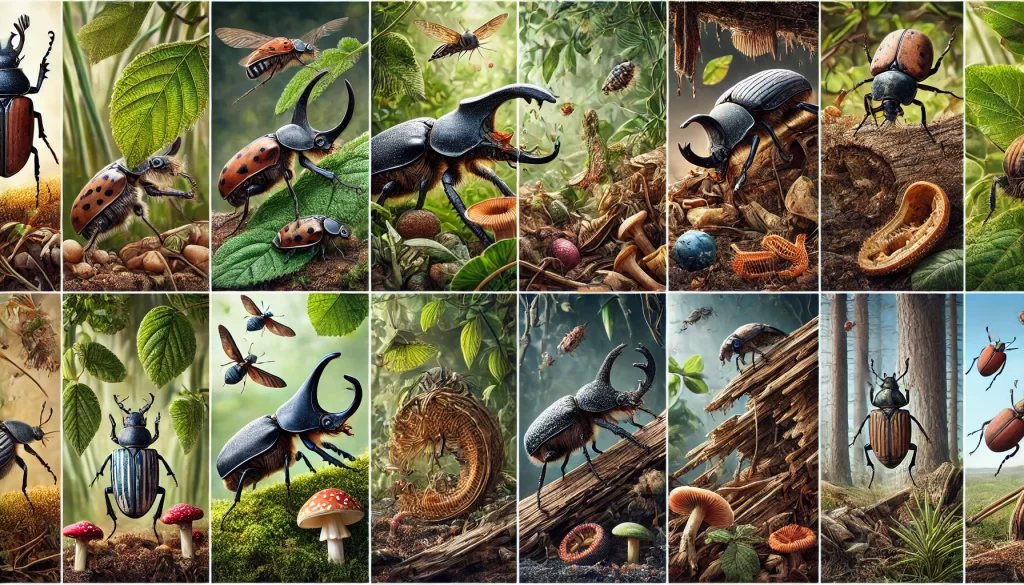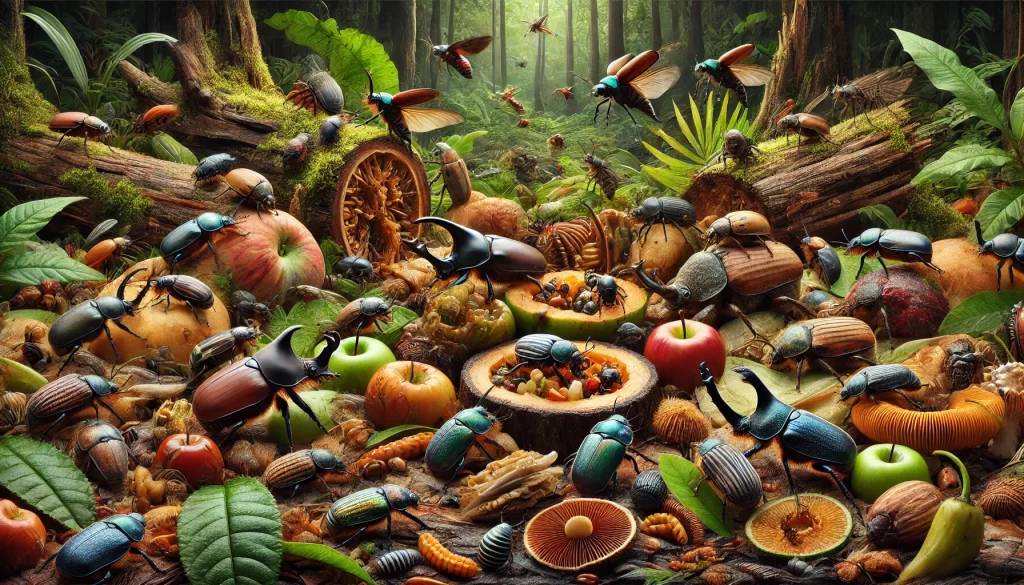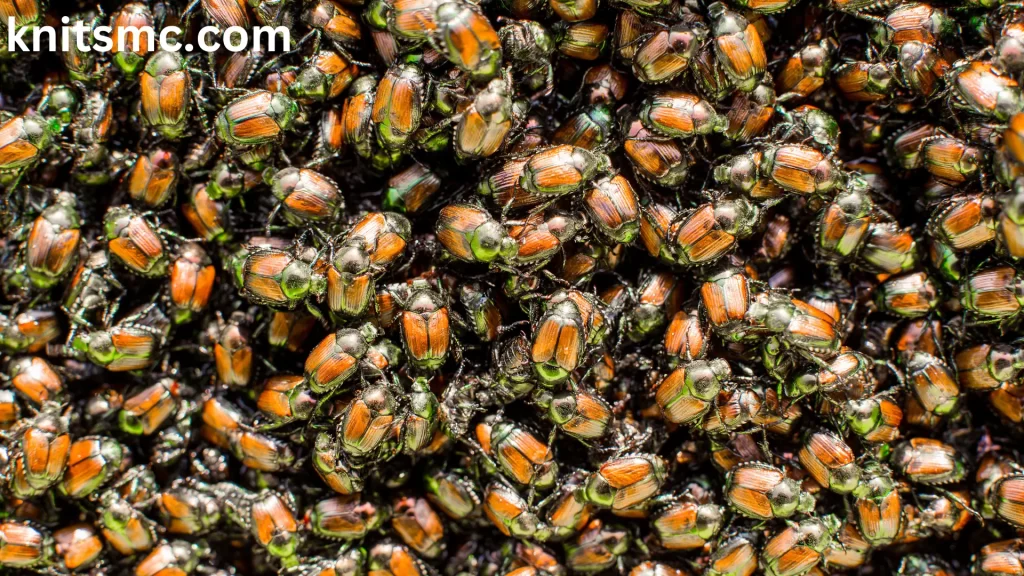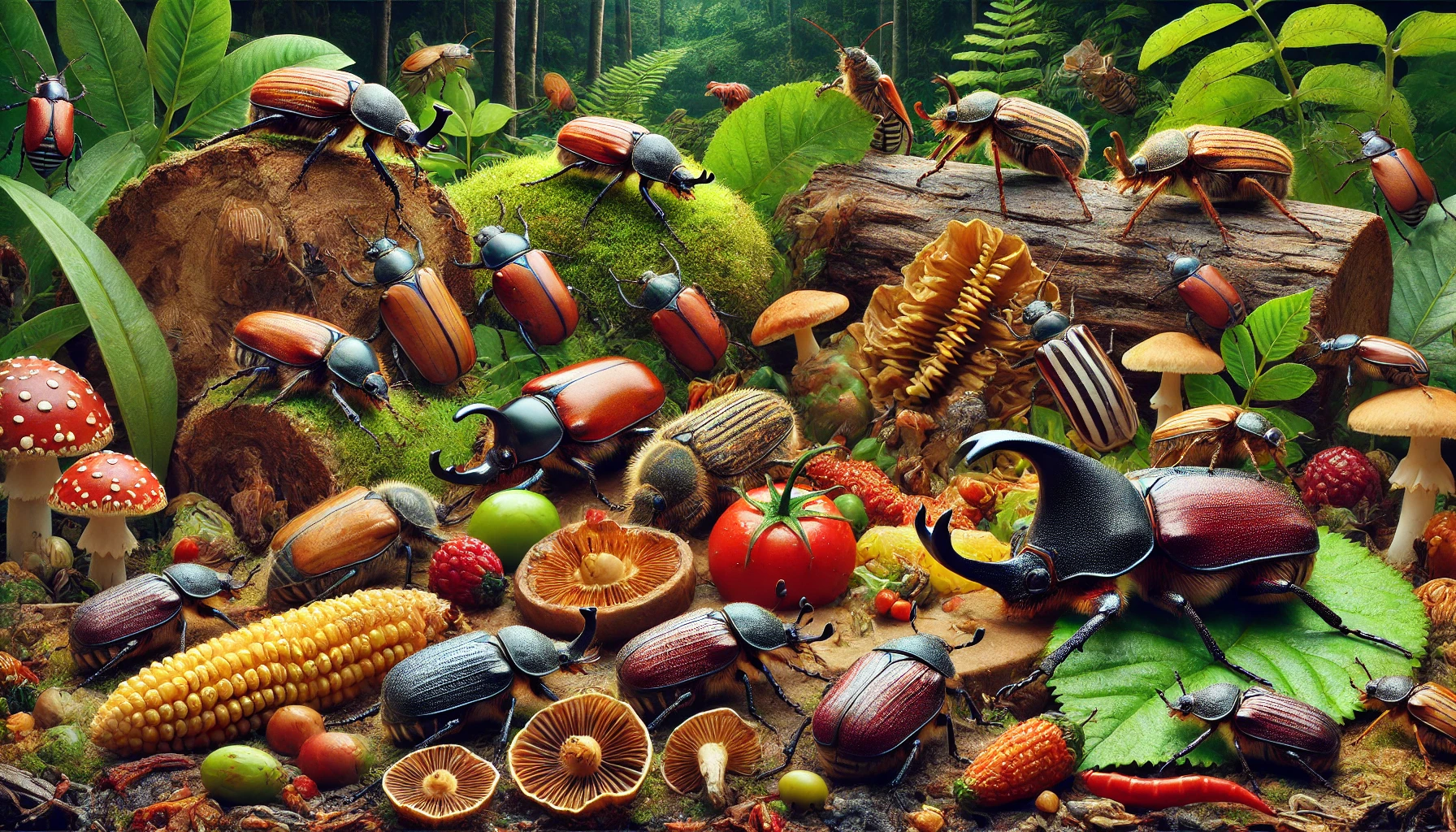Table of Contents
Beetles are fascinating creatures with diverse lifestyles, but one thing that unites them is their food preferences. Understanding beetles’ food preferences is crucial to understanding how they interact with the environment, survive, and impact human life. In this article, we will delve into the latest exciting updates and revelations about beetles’ food preferences, uncovering hidden secrets about what these small yet mighty insects eat.
Beetle Food Preference: What are Beetle’s Food Preferences?
Beetles are a large group of insects with more than 350,000 known species worldwide. Their food preferences are as varied as their species. Some beetles are herbivores, munching on leaves, fruits, and flowers. Others are carnivores, hunting smaller insects, or scavenging on dead animals. Some beetles feed on fungi, wood, or even dung. Each beetle type has its unique diet, which helps it survive in its specific habitat.
Herbivorous Beetles: Nature’s Little Gardeners
Herbivorous beetles, like the well-known ladybugs and leaf beetles, play an essential role in ecosystems. These beetles prefer to eat leaves, stems, roots, and seeds. By doing so, they help control plant growth and spread plant seeds. For example, the Colorado potato beetle is known for its love of potato plants, making it a pest in agriculture. However, many herbivorous beetles also help pollinate, making them valuable to nature and farmers.
Carnivorous Beetles: The Hunters of the Insect World
Carnivorous beetles, such as ground and tiger beetles, have a diet of other insects. These beetles are hunters, using their sharp mandibles to capture and devour their prey. Ground beetles, for instance, often patrol the soil, searching for insects like caterpillars and worms to feast on. By controlling the population of other insects, carnivorous beetles help maintain the balance in ecosystems.
Detritivorous Beetles: Nature’s Clean-Up Crew
Some beetles prefer to eat dead and decaying matter. These detritivorous beetles, including dung and carrion beetles, are crucial in breaking down organic materials. Dung beetles, for example, feed on animal feces, which they roll into balls and bury. This process helps clean the environment and enriches the soil with nutrients. Carrion beetles, on the other hand, feed on dead animals, speeding up decomposition and preventing the spread of disease.
Why Do Beetles Have Such Varied Food Preferences

Beetles food preference vary due to their evolutionary adaptations to different environments. Each species has developed unique traits that allow them to thrive on specific diets. For example, the powerful jaws of carnivorous beetles enable them to tear through tough insect exoskeletons, while the specialized mouthparts of herbivorous beetles are perfect for chewing through leaves.
Beetles Food Preference: Adaptation to Habitat
Beetles live in a wide range of habitats, from forests to deserts, and their food preferences reflect the availability of resources in these environments. In dense forests, herbivorous beetles might feed on the abundant plant life, while in arid regions, scavenging beetles might rely on dead animals or dung for sustenance. The ability to adapt their diet to their surroundings has made beetles one of the most successful groups of insects on Earth.
Beetles Food Preference: Evolutionary Competition
Over time, beetles have also evolved to fill specific ecological niches, reducing competition for food. For instance, while some beetles feed on fresh plant material, others may prefer decaying plants or fungi. This specialization allows different beetle species to coexist in the same environment without directly competing for the same food source. Such evolutionary strategies ensure that beetles can survive even when food is scarce.
How Do Beetles Food Preferences Impact the Ecosystem?

Beetles’ food preference significantly impact ecosystems. Beetles play a vital role in nutrient cycling, pest control, and soil formation by consuming plants, animals, and organic matter. Their feeding habits help regulate the populations of other species, promote plant diversity, and maintain the health of ecosystems.
Beetles Food Preference: Beetles and Nutrient Cycling
When beetles feed on dead plants and animals, they break down organic matter, returning nutrients to the soil. This process is essential for soil health, ensuring nutrients are available for plant growth. Dung beetles, for example, are known for their role in nutrient cycling. They bury dung, which decomposes and enriches the soil. This process supports plant growth and helps maintain healthy ecosystems.
Beetles Food Preference: Beetles as Pest Controllers
Many beetles help control pest populations by feeding on other insects. Ladybugs, for example, are famous for their appetite for aphids, which are harmful to crops. Beetles help protect plants and crops from damage by keeping pest populations in check. This natural pest control benefits farmers and reduces the need for chemical pesticides.
Also Read: Whole Foods Kirkland: Uncover Hidden Gourmet Delights Nearby
Recent Discoveries in Beetles Food Preference

Recent research has uncovered insights into beetle food preferences, revealing surprising behaviors and adaptations. Scientists have discovered that some beetles can switch diets depending on environmental conditions. For example, certain species of beetles that usually feed on plants may turn to fungi or decaying matter when food is scarce. This flexibility in diet helps them survive in challenging environments.
Beetles Food Preference: Beetles and Climate Change
As climate change alters habitats and availability, beetles’ food preferences also change. Researchers have found that some beetles are expanding their diets to include new food sources while others are becoming more specialized. Understanding how beetles adapt their diets to climate change can provide valuable insights into ecosystem resilience.
Beetles food preference are as diverse as the species themselves, and they play a crucial role in the balance of ecosystems. These insects profoundly impact their environments, from herbivorous beetles that help control plant growth to carnivorous beetles that keep insect populations in check.





